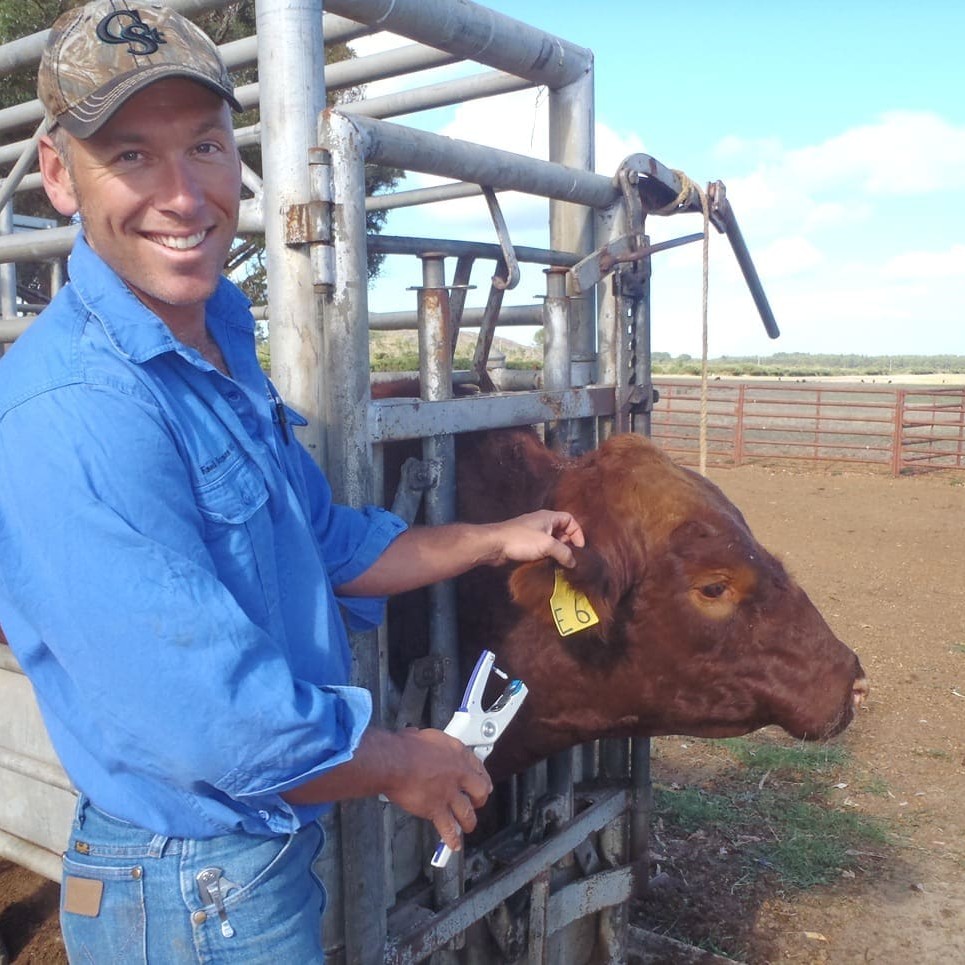 More than 160 Queensland beef producers learned more about reproductive management to maximise profit in presentations delivered by popular West Australian vet, Dr Enoch Bergman, during seminars in Taroom, Chinchilla and Warwick last week.
More than 160 Queensland beef producers learned more about reproductive management to maximise profit in presentations delivered by popular West Australian vet, Dr Enoch Bergman, during seminars in Taroom, Chinchilla and Warwick last week.
Dr Bergman has built his career around identifying strategies to improve beef herd reproductive structures to drive greater profitability, and he now speaks nationally on the subject.
At the seminars, he shared his knowledge about pestivirus (BVDV) disease management and artificial insemination techniques – in particular the use of fixed-time AI (FTAI), as a cost effective and efficient means of increasing genetic gain.
In FTAI programs, cattle are inseminated without oestrus detection to achieve an acceptable pregnancy rate.
The use of ovulation synchronisation technology like the BoSynch synchrony program, which permits FTAI, has the potential to deliver a range of benefits, Dr Bergman said, including less labour requirements, tighter calving periods and heavier weaners at weaning.
Other topics featured across the seminar programs, sponsored by IDEXX and Bayer, included pestivirus (BVDV) and three-day sickness.
Annie Donoghue of Barranga, Bauhinia was amongst the crowd of 110 producers who attended the Taroom seminar.
“We have completed two seasons using a BoSynch4 synchrony program, with some slight variations on dosage and timing,” Mrs Donoghue said.
“Of the four AI programs we carried out this season with 1200 Bos indicus content heifers, three were fixed-time.
“One of the greatest benefits we’ve found is the massive time and labour saving. The heifers were inseminated over a four-week period during which time we were still able to do other property work,” she said.
“These programs have been successful for us. The analysis of our pregnancy results has shown pregnancies to FTAI this season in a range from 44pc to 54pc. It has helped us to maximise the number of pregnancies we have to AI within the season; in turn maximising our genetic gain across the herd.”
“Running a program without heat detection is also beneficial when feed reserves near yards are strained. At the time we didn’t have a large bank of feed, so it was critical we could keep the heifers in paddocks away from the yards for the majority of the time,” Mrs Donoghue said.
New rapid test for BVDV
As part of the seminars’ sessions on detection and management of pestivirus (BVDV), analytics firm IDEXX Laboratories introduced its new SNAP BVD test to the Australian market.
The new, simple test detects bovine viral diarrhoea virus (BVDV) using serum or ear-notch samples in only 20 minutes. The test can be used on-farm or in-clinic.
Vets can use the SNAP BVD test to test all newborn calves or quickly determine the status of animals entering the herd.
The product was a natural complement to routine laboratory-based herd screening as part of a BVDV herd management program, Dr Bergman said.
“The SNAP BVD test's speed and simplicity make it easy for vets to deliver better disease management for their clients,” he said.
BVDV is one of the world's most costly cattle diseases, causing losses estimated at $16–$95 per animal through diminished herd productivity and reproductive problems,”
The new test uses the same proven IDEXX ELISA technology that is trusted by vets and producers worldwide.



HAVE YOUR SAY